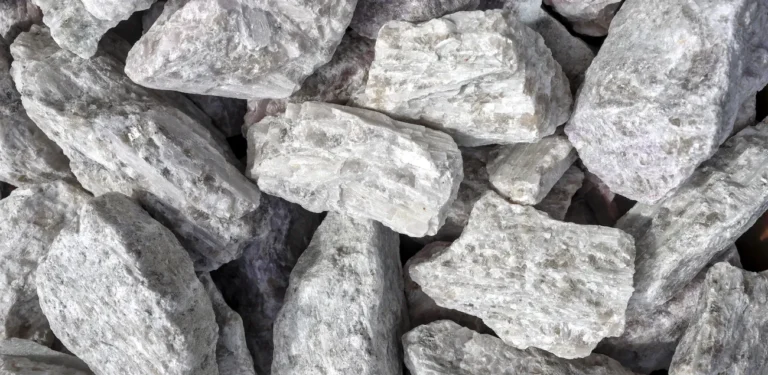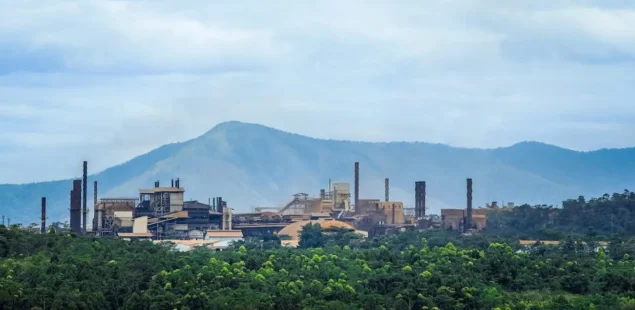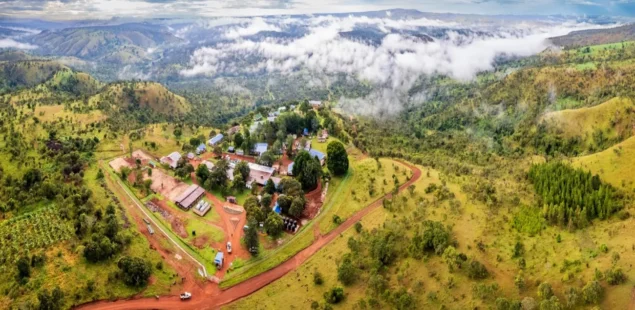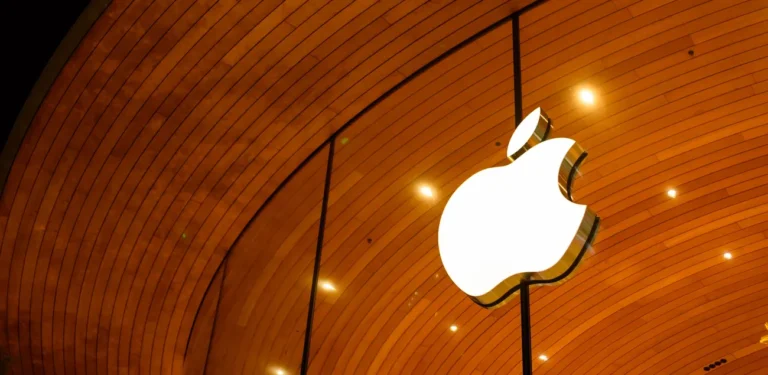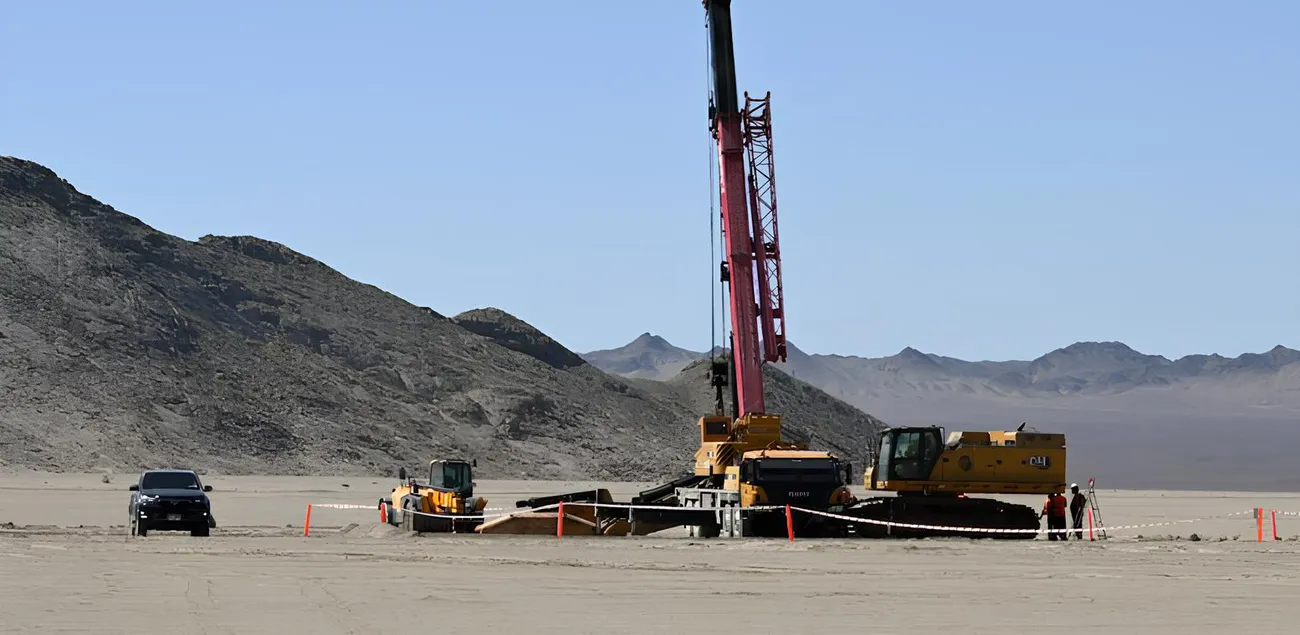
Barrick, gold–copper producer, and Pakistan’s federal and Balochistan governments, Reko Diq co-owners, have opened talks with U.S. and multilateral lenders on a financing package of as much as $3.5 billion to build the $9 billion copper-gold mine after long-discussed Saudi backing failed to materialise. The plan targets a 2028 start-up and includes prospective support from IFC, U.S. EXIM and DFC, the Asian Development Bank and export lenders in Germany, Canada and Japan.
Financing contours and timeline
Chief executive Mark Bristow told the Financial Times Barrick is pursuing a “G7-country financing package,” with international limited-recourse debt layered alongside equity from Barrick and the state partners. The World Bank Group’s IFC and IDA boards in June cleared up to $700 million of loans to the project company, a step that typically catalyses parallel commitments from other DFIs and ECAs. First production remains targeted for end-2028.
What lenders would get—and why Washington cares
Bristow said U.S. support would secure access to Reko Diq copper concentrate—material that still requires smelting—while highlighting a domestic shortfall in U.S. refining capacity. The funding drive comes amid wider U.S. efforts to diversify critical-minerals supply chains away from China and to anchor offtake from large, long-life assets. Project director Tim Cribb previously outlined an ask of roughly $650 million from IFC/IDA, $500 million–$1 billion from U.S. EXIM and about $500 million from other DFIs including ADB, EDC and JBIC.
Project scope, economics and phasing
Reko Diq is one of the world’s largest undeveloped copper systems. Barrick pegs potential free cash flow at about $74 billion over 37 years and operating cash flow at $90 billion over the life, with a 50:50 ownership split between Barrick and Pakistan (federal and provincial). Public IFC disclosures indicate copper output of roughly 200,000–250,000 t/y in early operations, with a second phase planned to lift throughput.Country and market context
The IPO-scarce London market and Pakistan’s reform agenda give the deal outsized signalling value: multilateral anchor lending could reduce Pakistan’s funding costs and crowd in commercial banks once construction is underway. For Barrick, third-party debt limits balance-sheet strain while preserving exposure to a tier-one copper project. Copper prices were near $9,760–$9,840/t on the LME and about $4.48/lb on Comex on August 14, after volatility around newly announced U.S. tariff measures earlier this summer.
Risks and what to watch
Key swing factors include the timing of Pakistani permits and land access, security in Balochistan, and synchronising power, water and transport infrastructure with mine build—items DFIs typically condition in term sheets. With Saudi funding on hold, execution will hinge on locking a club of G7-aligned lenders and export agencies and on securing offtake contracts that ease concentrate marketing and smelting exposure. Any slippage risks pushing first copper beyond 2028, tightening already-stretched medium-term balances if AI-driven and grid demand materialise as forecast.
Company Background and Market Context
Barrick operates a global portfolio of large-scale gold and copper assets and owns 50% of Reko Diq; Pakistan’s federal and provincial entities hold the balance. The project emerged from a 2022 settlement that reset licences and governance. IFC/IDA’s June approval for up to $700 million marked the first major third-party debt, with additional lines under discussion from U.S. EXIM, ADB, EDC and JBIC to reach the targeted $3.5 billion.
Copper is foundational to electrification—grids, renewables, EVs—and prices remain historically high even after recent tariff-driven swings. Large, low-cost new supply is scarce and slow to deliver; if built to plan, Reko Diq would add a new multi-decade source of concentrate into the global smelting system from 2028.
